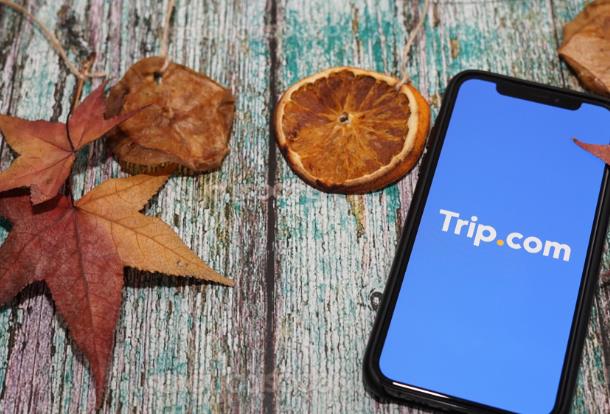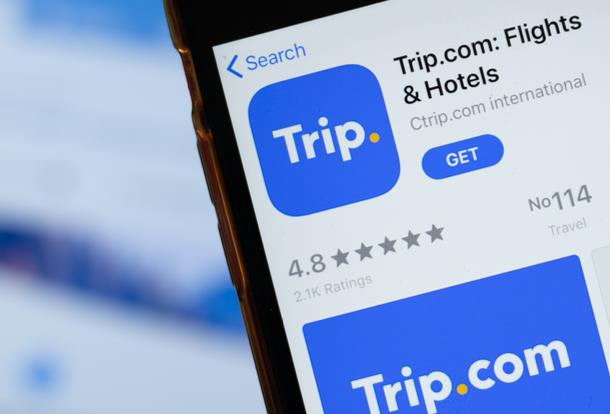Three years ago, when Mozio approached Uber about a potential collaboration, they informed me that they considered any form of transportation - even public transit and trains - to be competition.
At the time I thought it was a bit ridiculous: Unless Uber was going to start boring their own tunnels and running trains underground, I thought it would be wise to embrace the fact that transportation would ultimately be an ecosystem, a combination of private and public entities and many companies.
Uber’s expansion into bike-share through an acquisition of Jump in San Francisco in April 2018, plus the integration of public transit ticketing through Masabi, has made it clear that new CEO Dara Khosrowshahi is starting to view Uber’s grand strategy through the lens of his previous experience at Expedia.
In other words, viewing urban mobility apps as the new online travel agencies.
Now, I’m sure there is a limit to Uber’s evolution to a “platform”: For example, I don’t see them putting Lyft side by side in their app anytime soon. And I’m sure Uber will stay focused on user experience.
But it marks a paradigm shift in the way we need to start thinking about urban mobility and how it intersects with the travel industry.
The OTA model
OTAs currently pay an exorbitant amount for user acquisition (Booking.com and Expedia spend billions per year on Google AdWords), and then monetize every step of the trip.
Flights are often a loss-leader, and hotels are the cash-cow, but ancillary revenue opportunities like car rental, tours and activities, ground transportation and insurance are all sold as travel websites diversify to every step of the traveler’s journey.
Maximizing revenue by selling everything allows these brands to pay increasingly higher cost-per-clicks, leaving their competition in the dust and making it exceedingly hard to compete.
Decades ago, airlines realized there was a need to sort through all the fragmentation they had created, and the creation of the GDS systems was perhaps a realization that none of them would own the entire world’s air travel, and therefore some level of collaboration was necessary.
What happened in mobility
At the beginning of this revolution, there was a distinct opinion that network effects would lead to one overall winner in mobility, and it was likely to be Uber.
A few things happened though:
The network effects of Uber turned out to be relatively weak: One reason is that there are diminishing returns to having a ride that shows up in two minutes instead of three, and due to a network effects concept called multi-tenanting, there is very little stopping drivers from being on all platforms simultaneously, making it easy for new regional competitors to enter the market.
Our mobility market got even more fragmented: Scooter-share and bike-share became a thing, and services like Via that are somewhere between public transit and UberPool/Lyft Line proved they had staying power.
Whereas 10 years ago you basically had two options - taxis or public transit - you now have a company or three for about eight to 10 different price points in a city: public transit, bike-share, electric dockless bike-share, electric dockless scooters, citywide sponsored docked bikes, meet at a corner shuttles (Via), door-to-door carpooling, taxis/ride-share.
Cities have stepped in to enshrine fragmentation: The two scooter companies that got permits to operate in San Francisco were Scoot and Skip. Bird, Lime, Uber and Lyft, the four most well-funded and well-known companies to apply, were all rejected.
Lyft has a monopoly on New York City right now with their acquisition of Motivate, which runs Citibike. Cities got wise to the “ask forgiveness, not permission” philosophy that the mobility players had demonstrated in the expansion of ride-sharing and cracked down this time around and started anointing winners market by market.
All of this has led to a renewed interest in aggregation. There have been three major ways companies have approached this challenge, and you are starting to see them all collide.
Information first: Transit/navigation/mapping apps like Moovit, Waze, Transit App, Citymapper, Google Maps, Apple Maps, Here and Mapquest have all taken an information-first approach and are just starting to add booking and reservation capability.
Google Map’s integration of Uber and Lyft is the most prominent example of that, but CityMapper has launched their own bus line as an experiment and a transit card in London; Transit App has a Masabi public transit integration they are piloting; and Moovit and Waze have experimented with carpooling.
Core service + expand: Uber's and Didi’s integrations of dockless bike-share, plus Uber’s stated intentions to sell all forms of transportation, seem to be an admission that they will never take over a city's entire transportation network themselves. So, if they don’t do some aggregation, someone else will, and they’ll end up in a weaker position. These players mainly view aggregation as a way to increase use of their core service, though.
Bike-share apps haven’t done this as often, but Lime did just launch a car-sharing service in Seattle, so I think it’s only a matter of time before they realize they either need to become the destination, or become commoditized and lose control of the customer and pursue a similar path.
B2B aggregation: Mozio is one of these middle-layer systems in the ground transportation world, but we’re not the only one. Google’s Sidewalk Lab’s recently spun out Coord, whose mission is to be the “API layer for urban transportation.” HERE Mobility has a similar ambition, and Ford recently launched its mobility cloud. Trafi launched in Europe and works with Lyft and Berlin’s city government.
So what does this mean for travel technology?
We feel that every OTA should be thinking about an urban mobility strategy, and how to segue their massive customer base into an opportunity to own an adjacent business because it solves one of the core problems every travel brand has: infrequent usage.
Priceline has recognized that their core competency is aggregating fragmented industries, bringing offline online, outside just traditional flights, hotels and car rentals with their acquisition of OpenTable. The current local transportation market is not so dissimilar.
OTAs have to spend so much to reacquire customers who have already used their services because by the time their next vacation comes around, travelers have forgotten which service they used last time.
Infrequent usage gets in the way of building loyalty. But if you can get your customers to open up your app on a monthly or daily basis instead of a yearly basis, imagine what that would do to your CPA costs and brand recognition.
We think the smartest OTAs will pursue a strategy that inserts themselves and their brands more and more into the daily routines of their customers, and local transportation is the most obvious place to start.
Read Original Article




